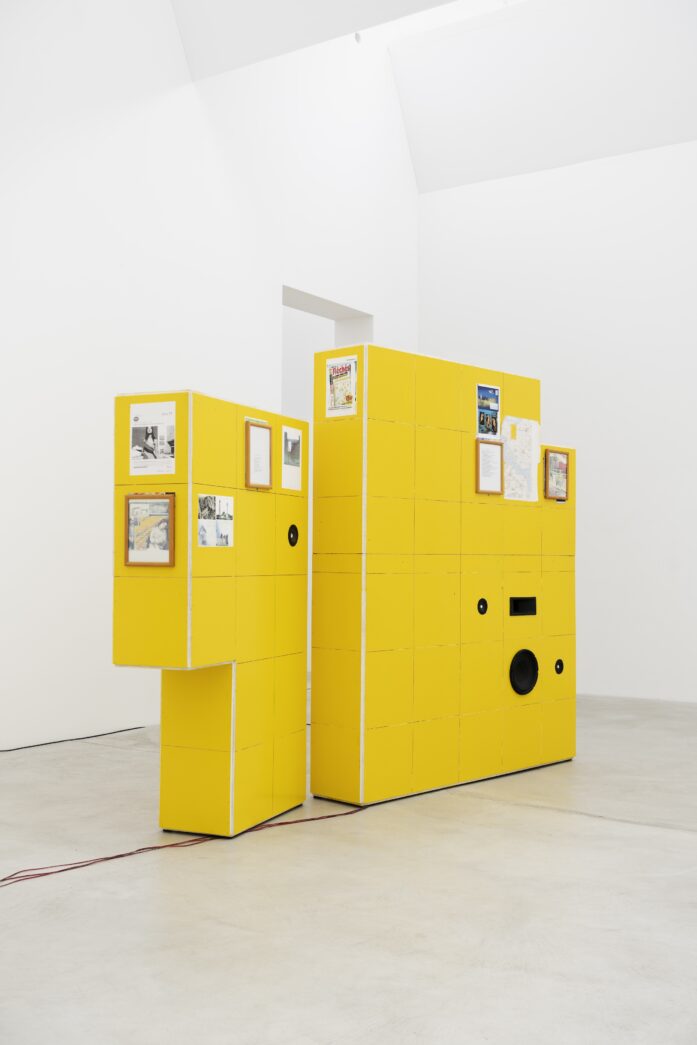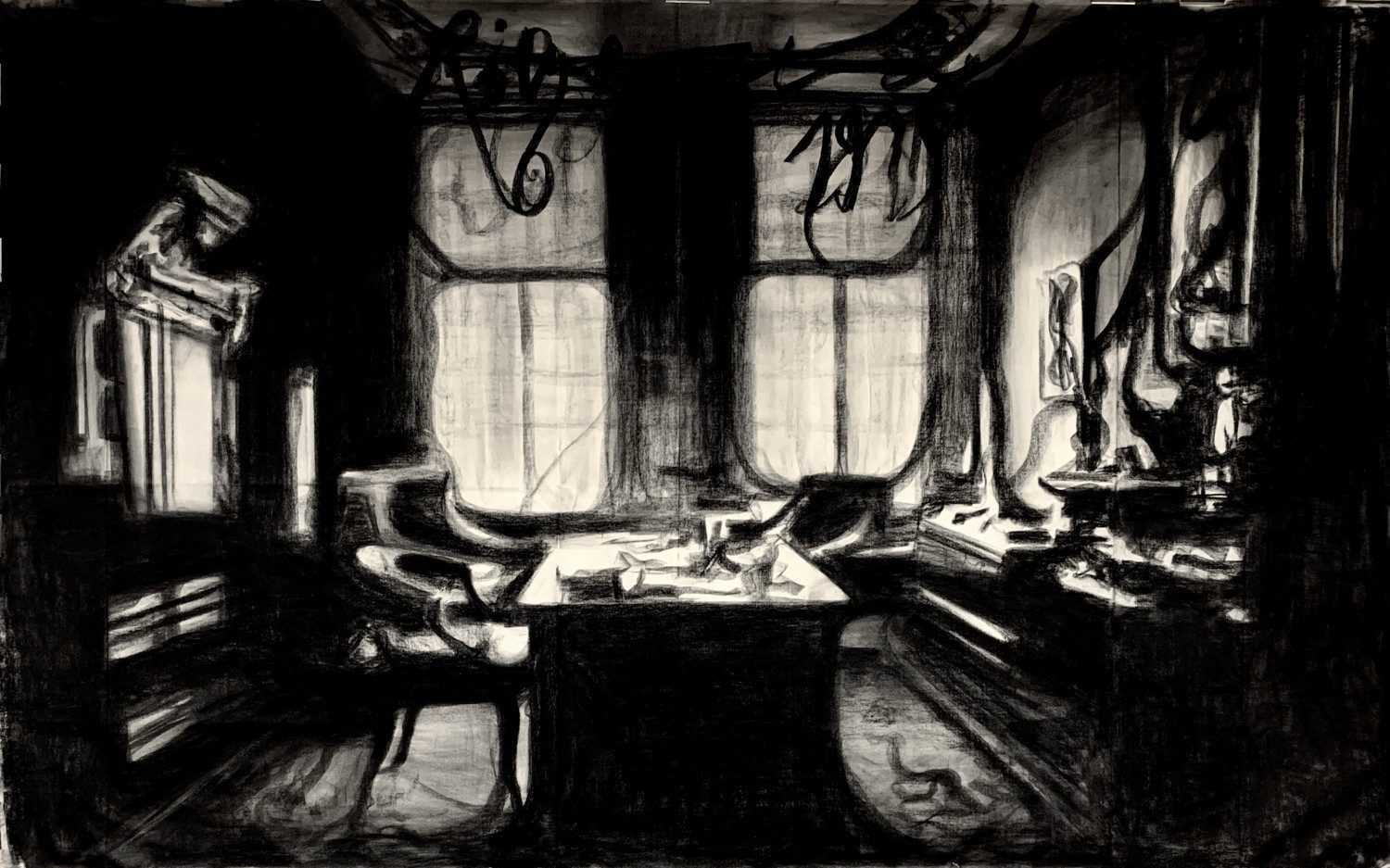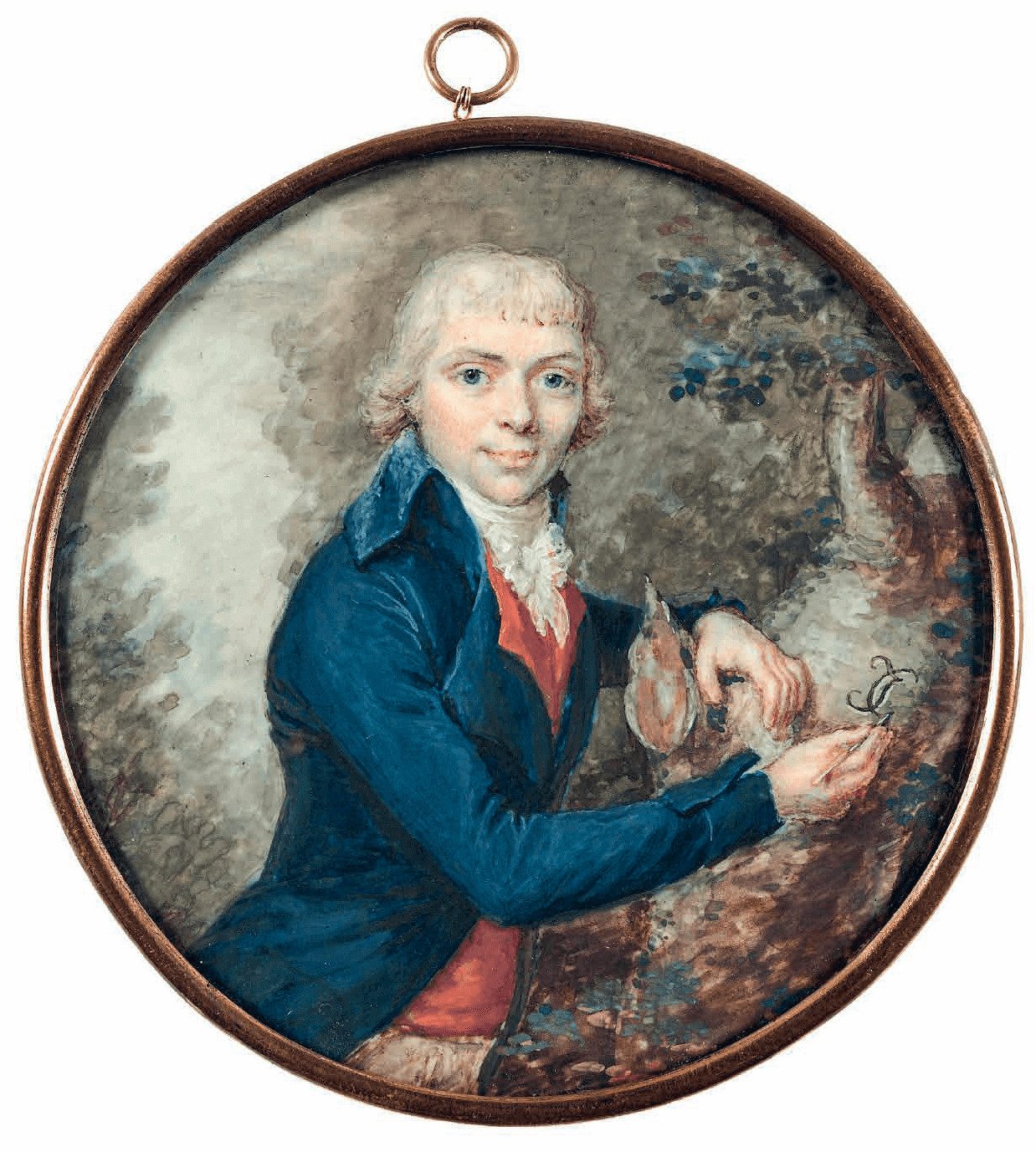Painted Love
Portrait Miniatures as Tokens of Love
1.6.2024 – 5.1.2025 | Museum Lindengut
In 2024 visitors will be able to admire the collection of miniatures in an extra muros presentation at the Neoclassical Villa Lindengut in Winterthur, where the Historical Club holds its meetings and couples give their wedding vows. During the exhibition Painted Love, the path to the wedding chamber will be lined with precious works that symbolize love.
Portrait miniatures resulted from relationships; they sometimes establish connections themselves or serve as pledges during the absence of a loved one. Portraits were exchanged as part of the marriage politics of royal dynasties and aristocrats, and it was not uncommon for an artist to be sent to a foreign court to paint the likeness of a prospective bride. Lovers presented each other with their own image, parents carried the depiction of their children with them, and husbands who were traveling on business or deployed to faraway places in times of war took along portraits of their wives and children.
The message of thinking of one another and of the close relationship between lovers was expressed in diverse ways: a hand on the heart conveyed love, while gazing up at the sky articulated longing for the adored one. The heart and the bow and arrow, the attributes of Venus and Cupid, were well-known symbols. Sitters are frequently shown with a letter; some read it, while others write one. Popular floral attributes were roses, forget-me-nots, and pansies (pensée in French). Women with exposed breasts send clear erotic signals as do men with loosened ties and open shirts. Miniatures, which could be easily hidden away, sometimes depict unmistakably intimate scenes.
An element of physical proximity was added to the imagined closeness of the loved one by wearing the miniatures directly on one’s body as jewelry. The back side was often adorned with a lock of hair belonging to the person portrayed, additionally charging the image with his or her physical presence. The large range of declarations of love demonstrates the intimacy of this special genre: portrait miniatures serve as lavish containers of the most intimate feelings.
Curator: Sonja Remensberger






